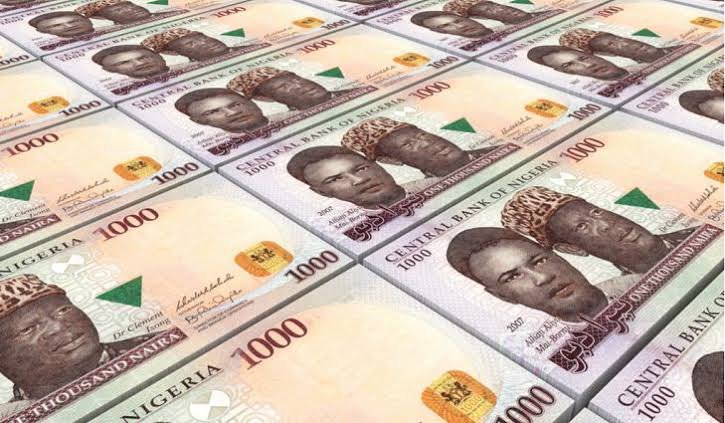Economy
₦500, ₦1000 Denominations Most Commonly Counterfeited Banknotes – CBN Report
The Central Bank of Nigeria (CBN) on Wednesday, said that a total of 119,663 pieces of counterfeit notes with a nominal value of ₦98.82 million was recorded in 2018.
The bank said this in the Currency Operations 2018 Annual Report, posted on its website. The CBN said the figure indicated a decline of 1.30 percent in volume terms and an increase of 5.77 Per cent in value terms when compared with 118,126 pieces with a nominal value of N93.43 million recorded in the corresponding period of 2017.
The CBN said the figure indicated a decline of 1.30 percent in volume terms and an increase of 5.77 Per cent in value terms when compared with 118,126 pieces with a nominal value of N93.43 million recorded in the corresponding period of 2017.
The regulator said that the ratio of counterfeit notes to the volume of banknotes in circulation was 18 pieces per million, compared to 16 pieces per million banknotes discovered in 2017.
It said that the N500 and N1000 denominations remained the most commonly counterfeited banknotes, which accounted for 65.29 percent and 34.49 per cent respectively of the total counterfeit notes discovered.
The bank said that to preserve the integrity of the banknotes in circulation, it partnered with Bankers Warehouse PLC and security agencies, to intensify efforts at mitigating the incidences of counterfeiting during the period under review.
The apex bank also said that the Currency- in-Circulation (CIC), grew by 0.8 percent to N2, 329.7 billion as at December 2018 ending.
The report noted that the growth in CIC reflected the high dominance of cash in the economy and an increase in economic activities.
“A breakdown of the CIC indicated that in terms of volume and value, the proportion of higher denomination banknotes (₦100, ₦200, ₦500 and ₦1000) in total, rose from 41.9 to 44.3 percent and 96.9 to 97.6 percent, respectively.
“The lower denomination currency notes continued to be preponderant in terms of volume, constituting 55.7 percent of the total.
“In value terms, it constituted 2.4 percent of the total banknotes. The ratio of CIC to nominal GDP, which measures the moneyness of the economy, fell slightly by 0.1 percentage point, to 1.8 percent in 2018.”
It said that the decline in the CIC/GDP ratio reflected increased usage of e-payment products such as electronic payments card.
Follow us on social media:



